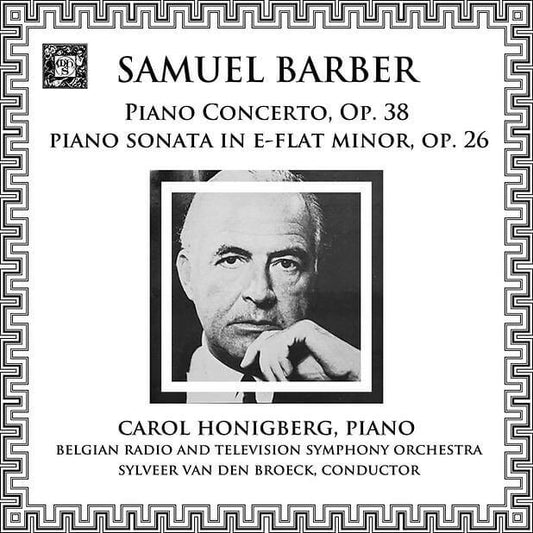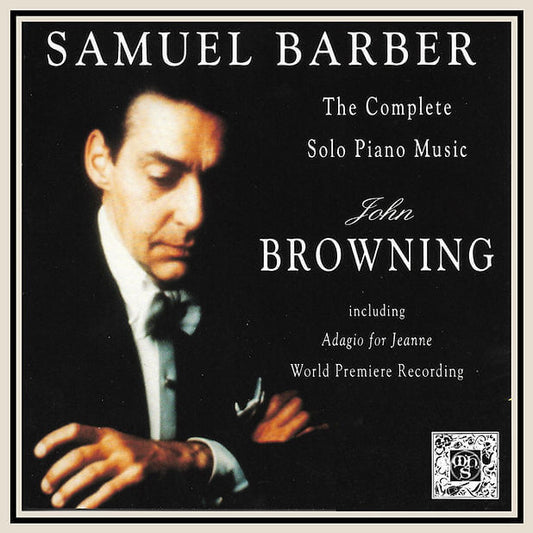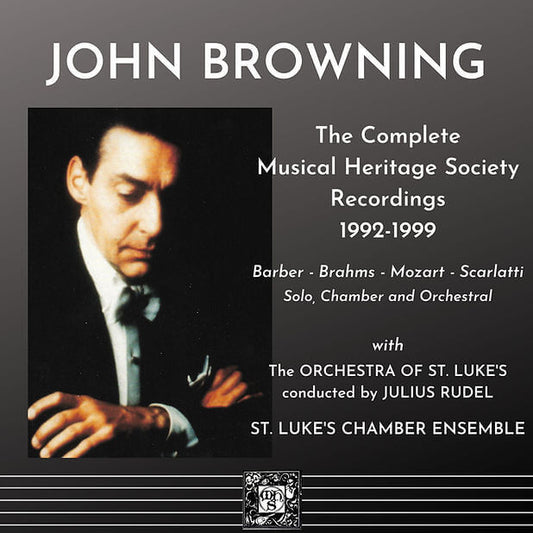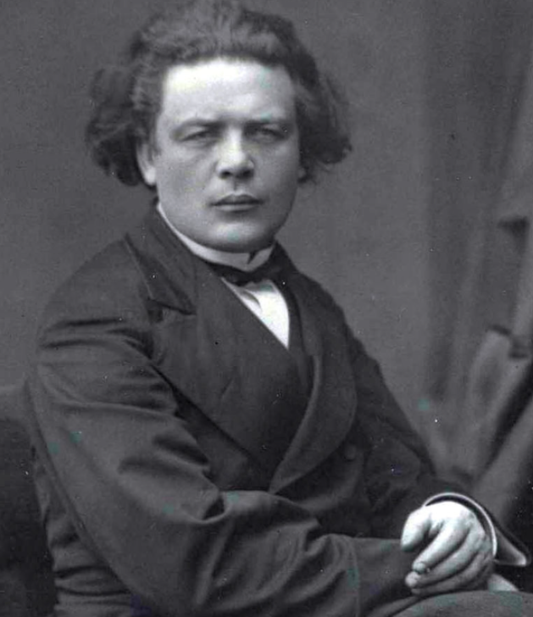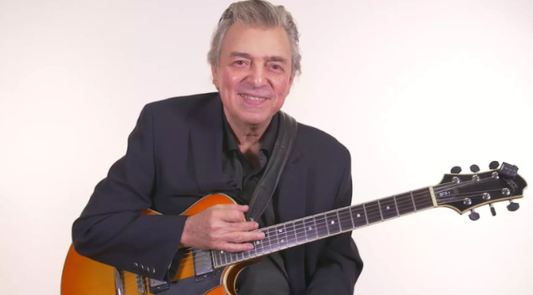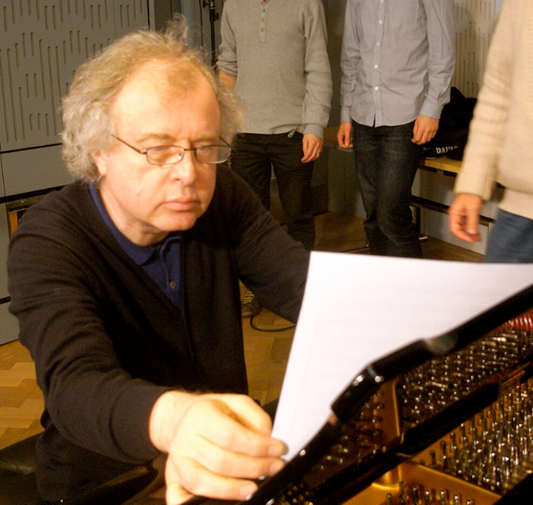Collection: SAMUEL BARBER (1910 – 1981)
Samuel Barber (March 9, 1910 – January 23, 1981) remains one of America's most esteemed and frequently performed composers of the 20th century. Standing somewhat apart from the experimental trends pursued by many of his contemporaries, Barber forged a deeply personal style rooted in 19th-century Romanticism, characterized by soaring lyricism, rich harmonies, emotional directness, and meticulous craftsmanship. His ability to connect with audiences through works of profound beauty and poignancy has ensured his enduring legacy.
Born in West Chester, Pennsylvania, into a comfortable, educated family, Barber's musical talents were evident early on. His aunt was the famed Metropolitan Opera contralto Louise Homer, and his uncle, Sidney Homer, was a respected composer of art songs. Recognizing his precocity, his family encouraged his musical pursuits. At age 14, he was among the first students admitted to the newly founded Curtis Institute of Music in Philadelphia, where he studied piano, voice (he possessed a fine baritone), and composition, primarily with Rosario Scalero.
At Curtis, Barber formed a lifelong personal and professional relationship with fellow student Gian Carlo Menotti, who would later become a celebrated opera composer and provide the libretto for Barber's most successful opera, Vanessa. Barber excelled, winning numerous awards, including the prestigious Rome Prize in 1935, which allowed him extended time to compose in Europe.
Even before winning the Rome Prize, Barber had achieved early successes with works like the Overture to The School for Scandal (1931) and the Cello Sonata (1932). However, his international breakthrough came via a work originally conceived as the slow movement of his String Quartet, Op. 11 (1936). Conductor Arturo Toscanini asked Barber for an orchestral piece and was deeply impressed by the quartet movement. Barber arranged it for string orchestra, and Toscanini premiered the Adagio for Strings with the NBC Symphony Orchestra in 1938. Its rapturous reception cemented its place as one of the most beloved and frequently performed pieces of American orchestral music, often associated with times of mourning and reflection.
Throughout the late 1930s, 1940s, and 1950s, Barber produced a steady stream of masterworks across various genres, solidifying his reputation. These include his first Essay for Orchestra (1937), the lyrical and demanding Violin Concerto (1939), the Symphony No. 1 (in one movement, 1936), and the poignant song cycle for soprano and orchestra, Knoxville: Summer of 1915 (1947), set to text by James Agee, which beautifully evokes nostalgic childhood memories. His Cello Concerto (1945) and the virtuosic Piano Sonata (1949), championed by Vladimir Horowitz, further showcased his command of large-scale forms and instrumental writing.
Barber achieved significant success in opera with Vanessa (1958), which premiered at the Metropolitan Opera with a libretto by Menotti. It won Barber the Pulitzer Prize for Music and displayed his gift for vocal writing and dramatic pacing. He would win a second Pulitzer for his Piano Concerto (1962), a powerful, technically challenging work commissioned for the opening of Lincoln Center.
Despite his adherence to largely tonal and traditional structures, Barber's music was not simplistic; it often featured complex harmonies, rhythmic vitality, and sophisticated formal designs beneath its lyrical surface. He was a meticulous craftsman who revised his work carefully.
Barber's career faced a significant setback with the premiere of his grand opera Antony and Cleopatra (1966), commissioned to open the new Metropolitan Opera House at Lincoln Center. Directed and designed by Franco Zeffirelli, the lavish production overwhelmed the music, and the opera was met with largely negative critical reviews. This reception deeply wounded the composer, contributing to a period of depression and a noticeable decline in his compositional output during his later years.
Nonetheless, he continued to compose, producing works like the song cycle Despite and Still (1969), the Third Essay for Orchestra (1978), and the Canzonetta for Oboe and String Orchestra (left unfinished at his death). He struggled with alcoholism and depression in his final decade. Samuel Barber died of cancer in New York City in 1981, the same year as the death of his influential teacher, Rosario Scalero.
Though sometimes criticized during his lifetime for being too conservative, Samuel Barber's unwavering commitment to lyrical expression and emotional depth has proven remarkably durable. Works like the Adagio for Strings, Knoxville: Summer of 1915, the Violin Concerto, and his art songs remain staples of the repertoire, beloved by performers and audiences alike for their directness, beauty, and uniquely American sensibility rooted in Romantic ideals.


